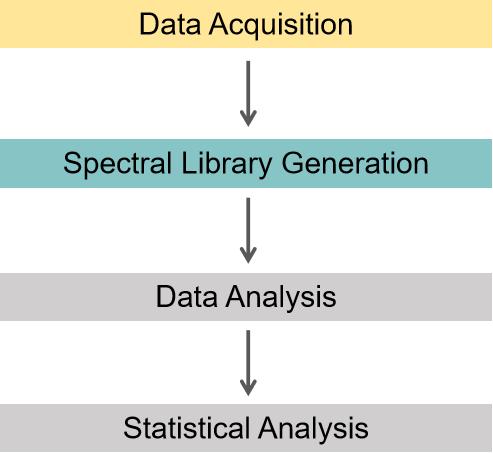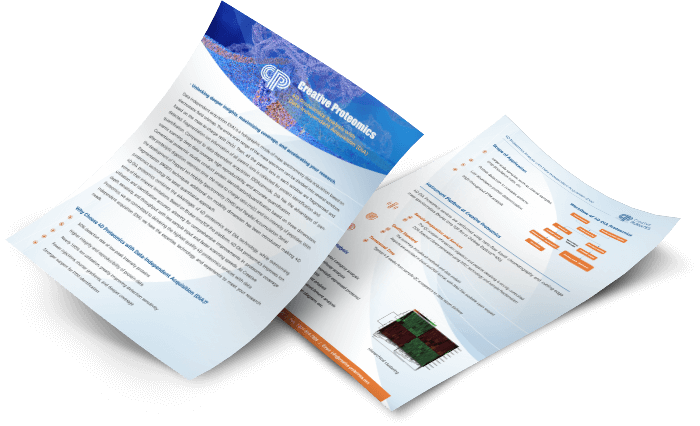Spectrum-Centric DIA Data Analysis
Data-Independent Acquisition (DIA) is a mass spectrometry-based proteomics technique used to comprehensively analyze complex biological samples. The Spectrum-Centric strategy is a specific approach within DIA analysis that offers certain advantages.
- DIA is a mass spectrometry technique that aims to overcome limitations associated with Data-Dependent Acquisition (DDA). DIA allows for the systematic and comprehensive analysis of proteomes by isolating and fragmenting all precursor ions within a defined m/z (mass-to-charge) range. In traditional DIA, data is collected in predefined m/z windows, resulting in the acquisition of a series of overlapping precursor ion spectra.
- Spectrum-centric DIA is an advanced approach that focuses on individual fragment ion spectra (spectra from MS/MS or MS/MS/MS) rather than precursor ion spectra. In this strategy, all available fragment ion spectra are used for the analysis, and the precursor ion information is de-emphasized or even ignored. The goal of the Spectrum-Centric approach is to improve the depth and accuracy of proteome quantification by leveraging all available fragment ion data.
Advantages of DIA Analysis by Spectrum-Centric Strategy
- Improved Proteome Coverage. By focusing on fragment ion spectra, Spectrum-Centric DIA can provide deeper proteome coverage compared to traditional DIA or DDA methods. This is especially valuable for identifying low-abundance proteins and post-translational modifications.
- Enhanced Quantification Accuracy. The Spectrum-Centric approach utilizes a larger pool of fragment ion data, leading to more accurate and reliable protein quantification. It reduces issues associated with precursor ion interference, enhancing quantification precision.
- Deconvolution of Complex Samples. Spectrum-centric DIA is well-suited for analyzing complex mixtures, such as cell lysates, tissues, or body fluids, as it efficiently separates and quantifies the components within these samples.
Process of DIA Analysis by Spectrum-Centric Strategy
- Data Acquisition. Perform data acquisition using a mass spectrometer capable of DIA, such as a quadrupole-Orbitrap instrument. Collect fragment ion spectra across the entire mass range of interest, and ensure high-resolution and accurate mass measurements.
- Spectral Library Generation. Create a spectral library containing information on the precursor and fragment ions from a representative set of standard proteins. This library will be used for subsequent data analysis.
- Data Analysis. Extract fragment ion spectra for all detected precursor ions from the acquired DIA data. Match these spectra to the spectral library to identify and quantify proteins. The Spectrum-Centric strategy involves using algorithms that prioritize fragment ion data over precursor ion information for quantification.
- Statistical Analysis. Apply statistical methods to assess the significance of identified proteins and quantify their expression levels. Control for false discovery rates and ensure data quality.

Creative Proteomics is an industry leader in protein research, and we can provide comprehensive analysis services for proteins, relying on advanced quantitative techniques and instrumentation. We provide accurate and efficient DIA data analysis services based on the Spectrum-Centric strategy, which is an advanced technology that can greatly improve the depth and accuracy of proteome quantification. If you are interested in us, please feel free to contact us.
* For Research Use Only. Not for use in the treatment or diagnosis of disease.



 4D Proteomics with Data-Independent Acquisition (DIA)
4D Proteomics with Data-Independent Acquisition (DIA)